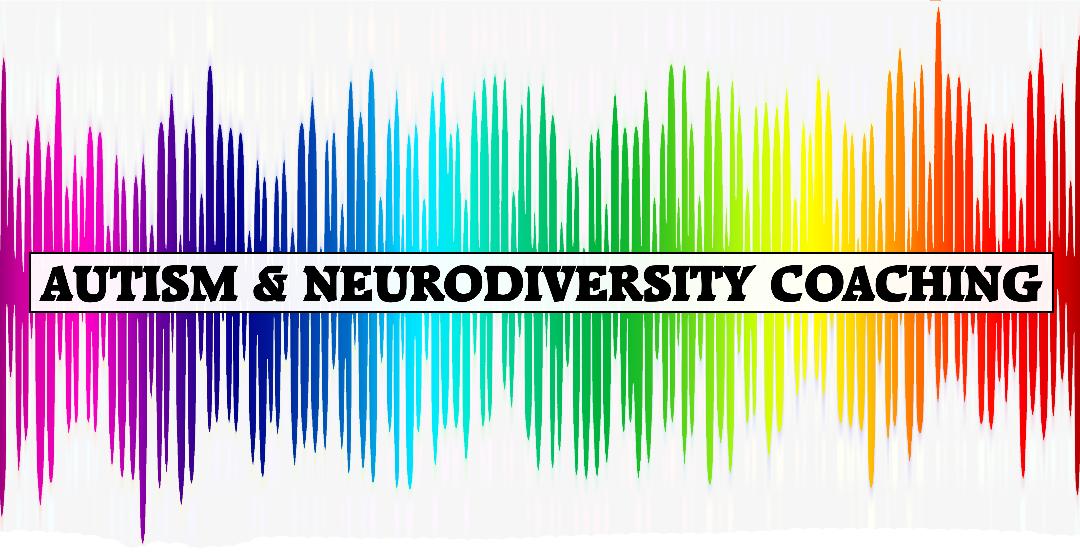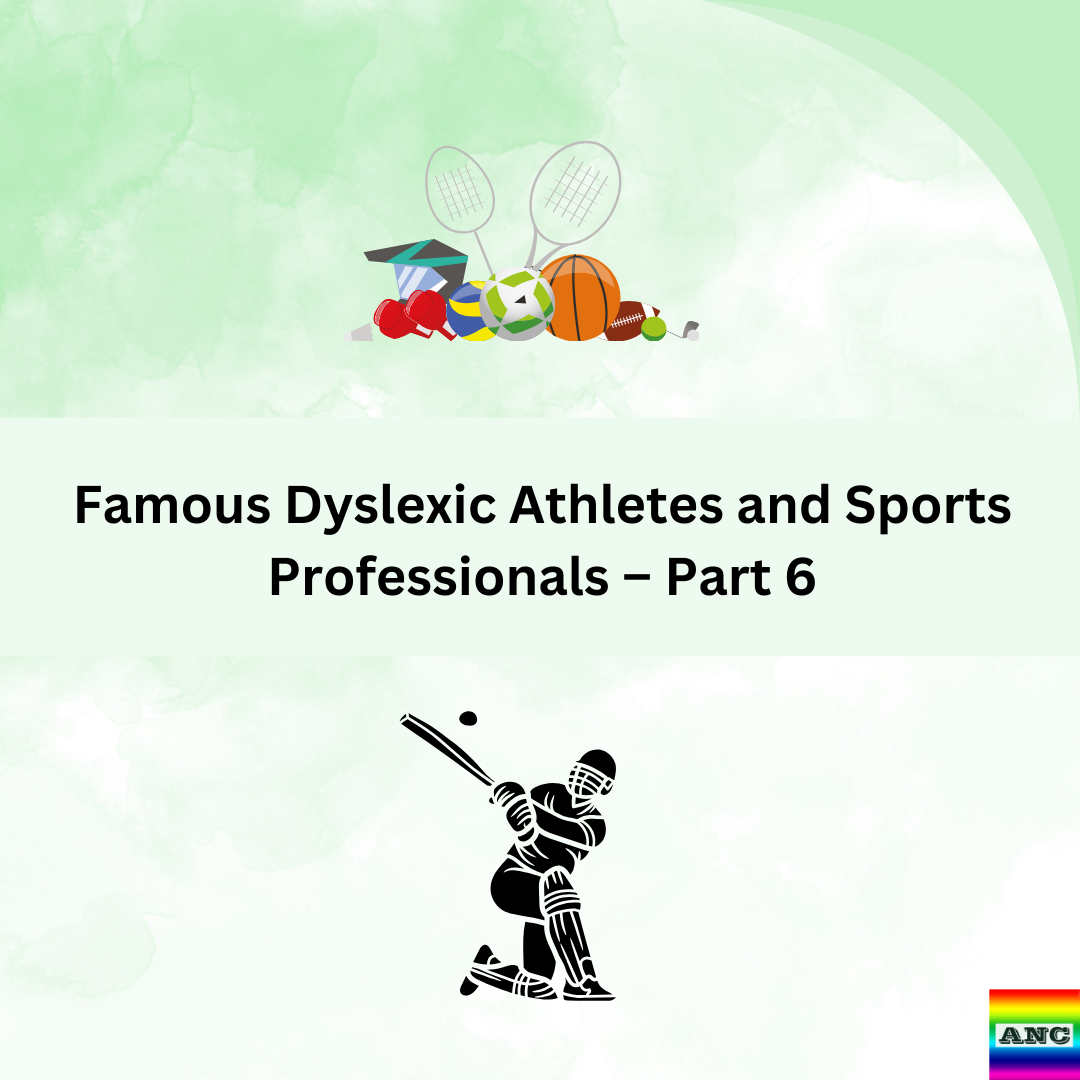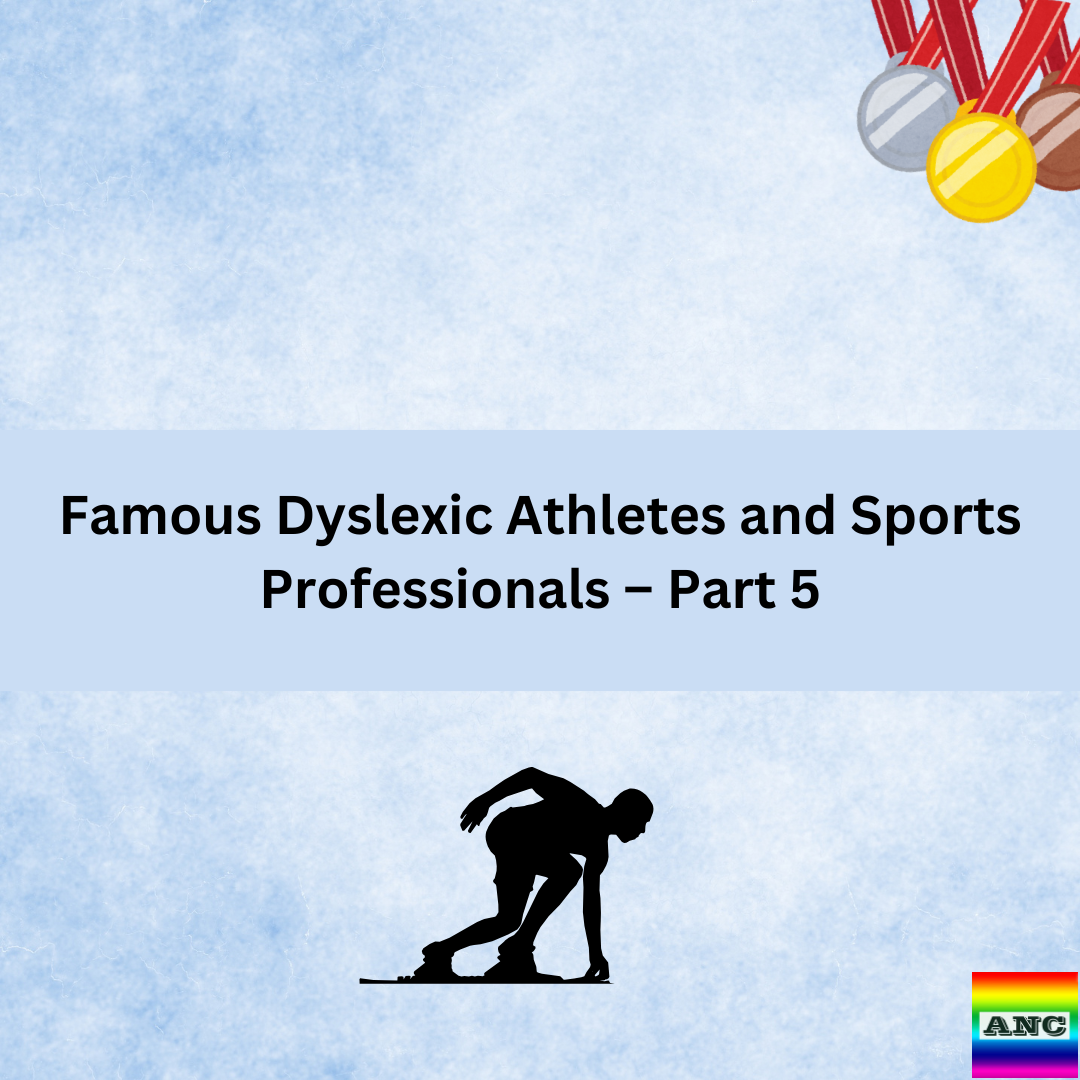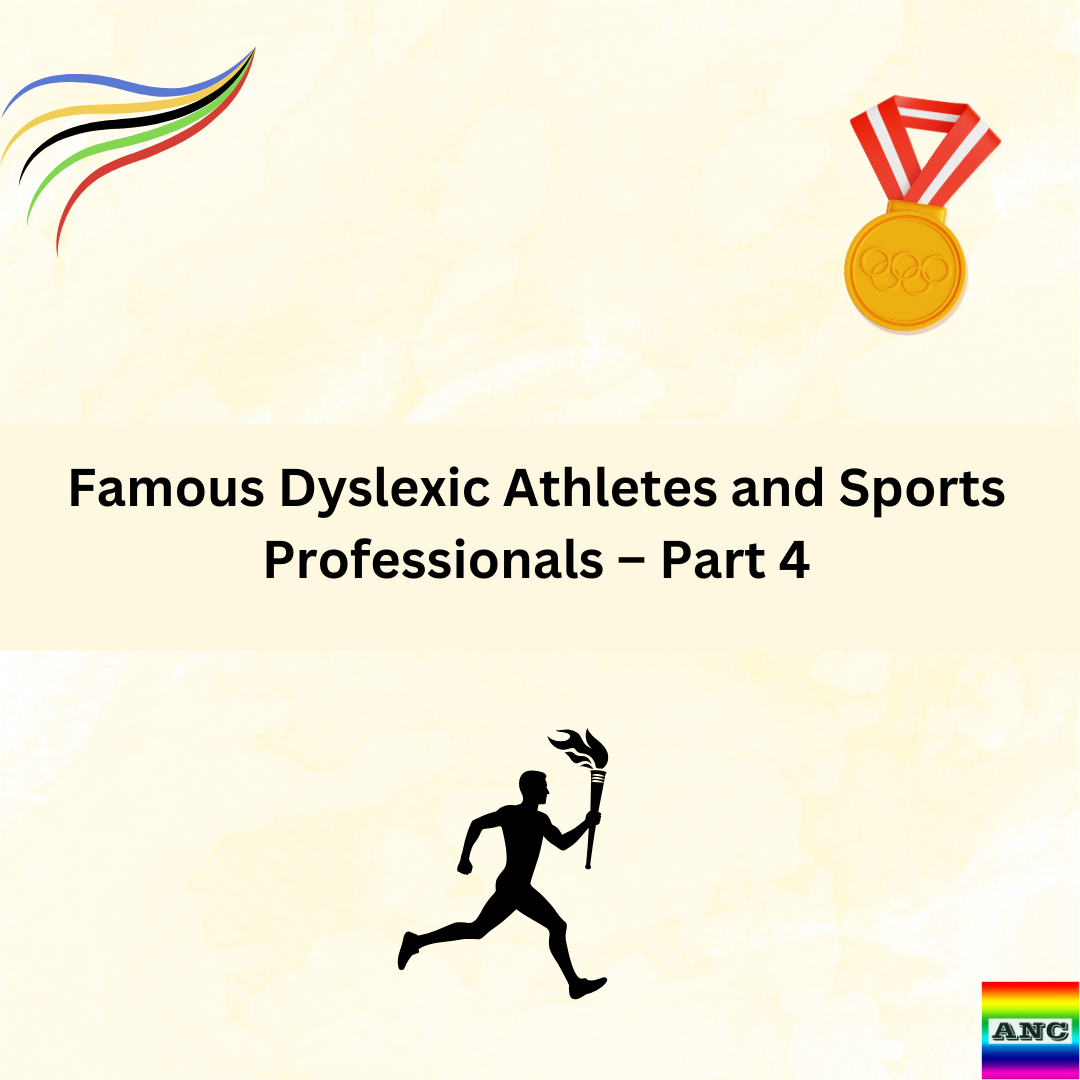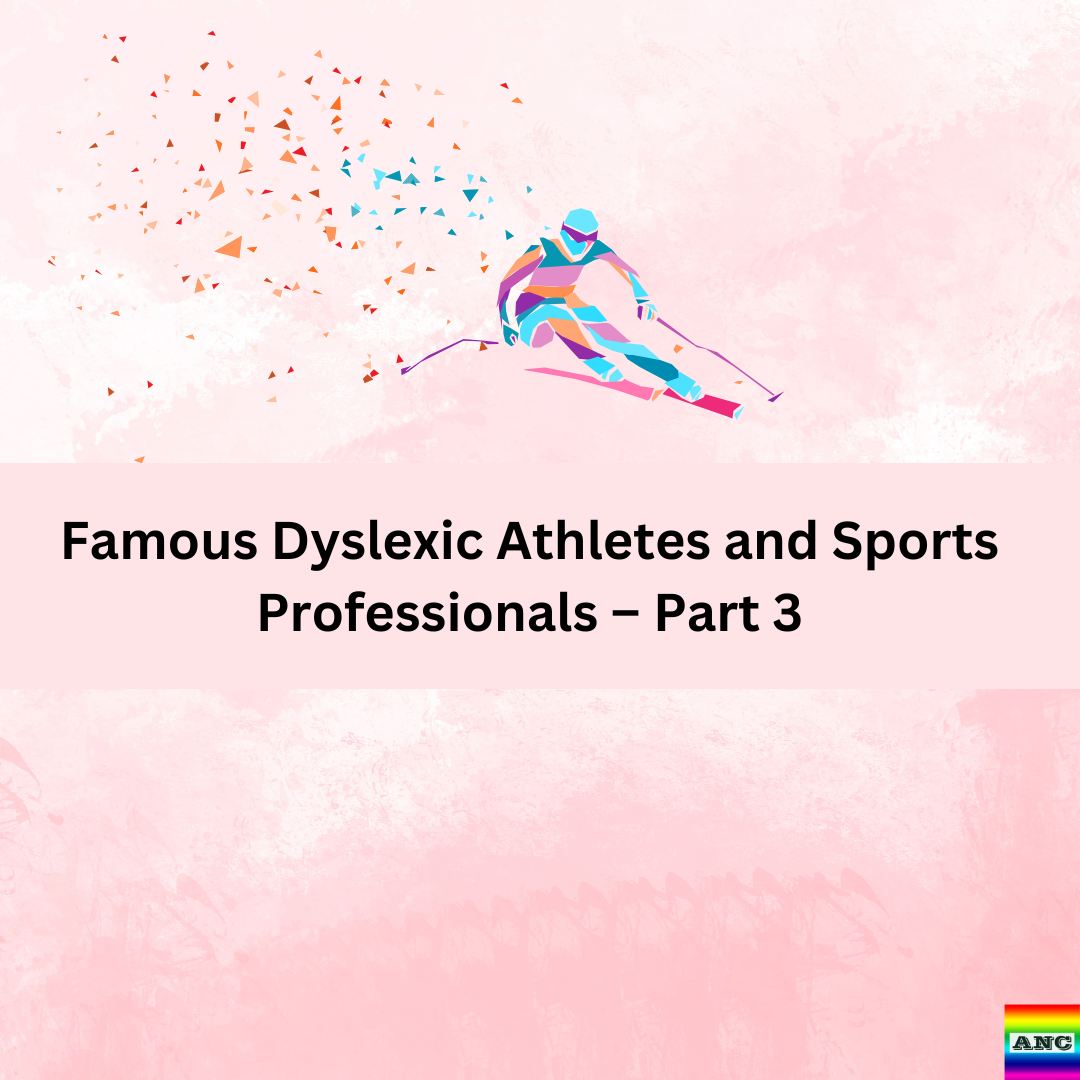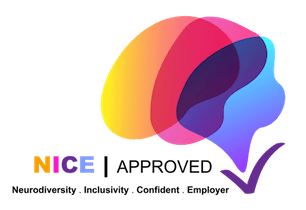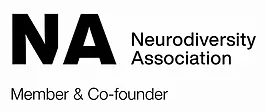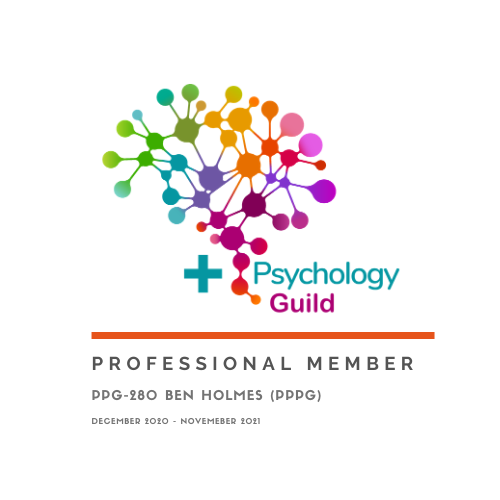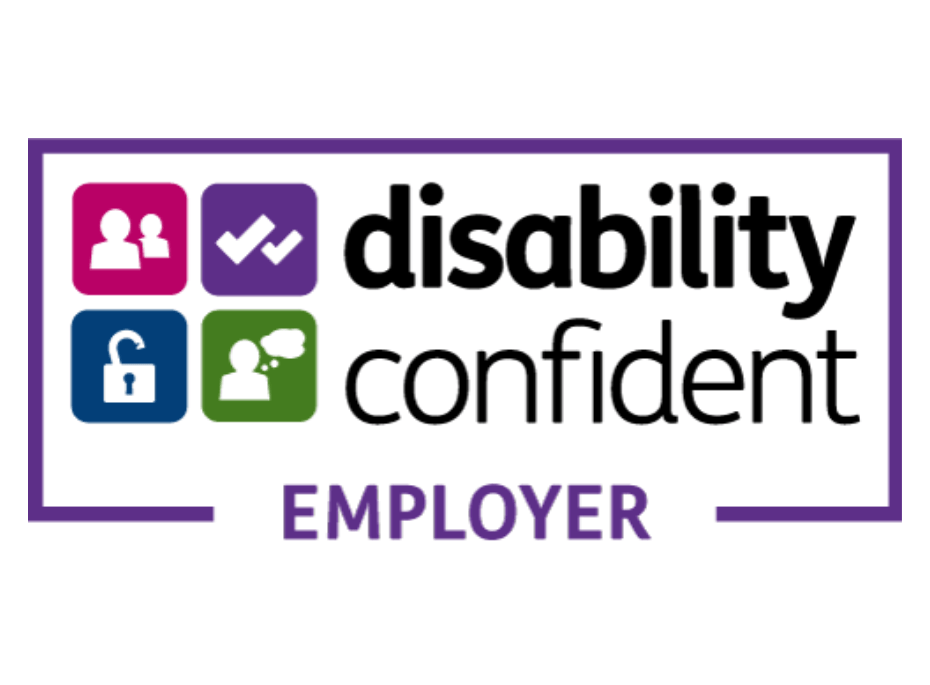Strategies for Supporting Dyslexic Students

1. Multisensory Teaching Methods
One of the most effective ways to support dyslexic students is by using multisensory teaching methods. This approach involves engaging multiple senses—sight, sound, touch, and movement—to help students understand and retain information. For example, teachers can use tactile tools, like letter tiles or sandpaper letters, to teach spelling and phonics. Incorporating visual aids, such as graphic organizers and color-coding, can also help dyslexic students process information more effectively.
2. Differentiated Instruction
Differentiated instruction is key to meeting the diverse needs of students in the classroom. For dyslexic students, this might mean providing extra time for reading and writing tasks, offering oral assessments instead of written ones, or breaking down assignments into smaller, more manageable steps. By tailoring instruction to the individual needs of dyslexic students, teachers can help them build confidence and achieve academic success.
3. Assistive Technology
Advances in technology have opened up new possibilities for supporting dyslexic students. Tools such as text-to-speech software, audiobooks, and speech-to-text programs can help level the playing field by allowing students to access and produce information in ways that bypass their dyslexic challenges. Encouraging the use of these tools can empower students to take control of their learning and reduce their dependence on traditional, text-based methods.
4. Creating a Supportive Classroom Culture
The classroom environment plays a crucial role in the well-being of dyslexic students. Teachers can foster a supportive culture by promoting understanding and empathy among all students. Educating the class about dyslexia and other learning differences can help reduce stigma and encourage inclusivity. Celebrating diverse talents and strengths—beyond just academic achievements—can also help dyslexic students feel valued and included.
5. Early Intervention and Ongoing Support
Early identification and intervention are critical in helping dyslexic students succeed. The sooner dyslexia is recognized, the sooner students can receive the support they need. This might involve working with specialized reading programs or receiving additional help from reading specialists. However, support shouldn’t end with early intervention; ongoing assistance throughout a student’s academic journey is essential to helping them overcome challenges and build lasting skills.
Conclusion: Empowering Dyslexic Students
Dyslexia presents unique challenges in the classroom, but with the right strategies and support, dyslexic students can thrive. By recognizing their struggles and responding with empathy, patience, and tailored instruction, educators can help dyslexic students unlock their full potential. Ultimately, the goal is not just to help these students succeed academically, but also to empower them to embrace their strengths and navigate the world with confidence.

